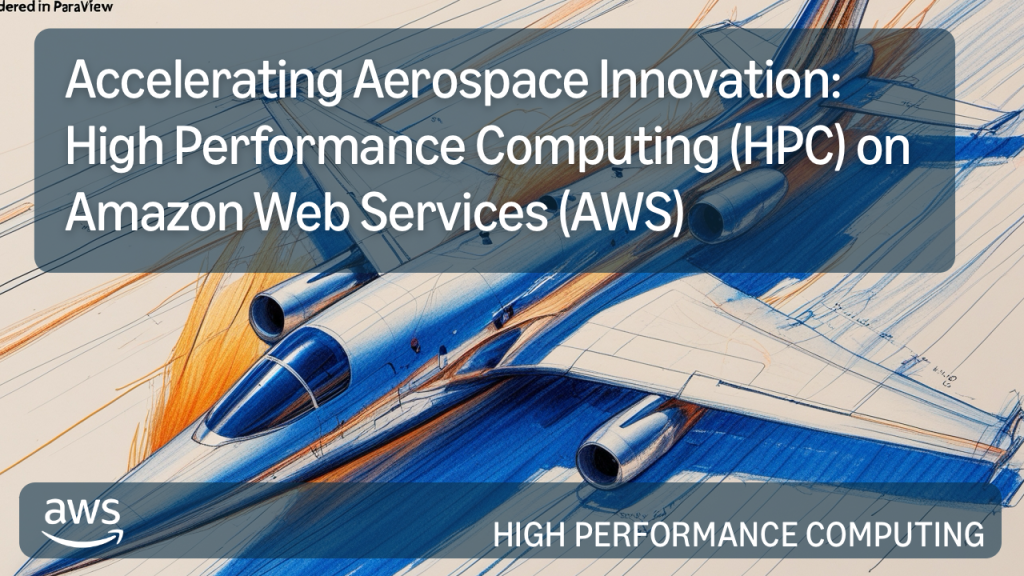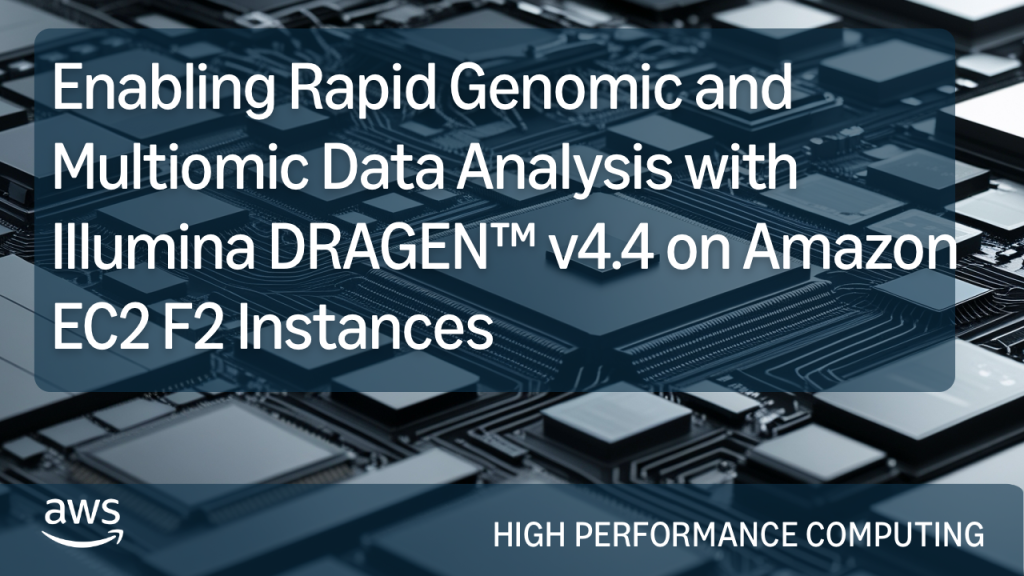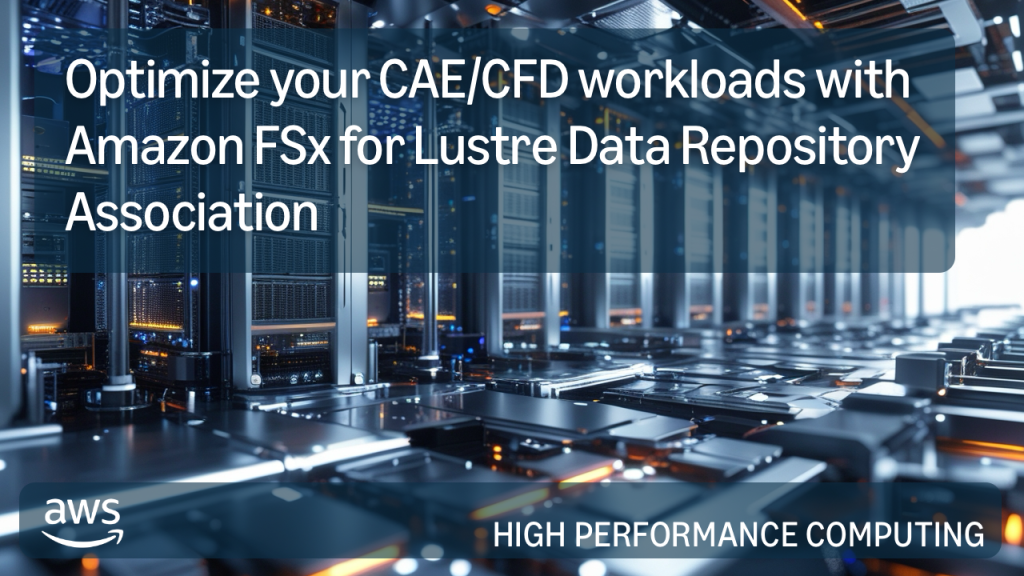AWS HPC Blog
Category: *Post Types
Accelerating Aerospace Innovation: High Performance Computing (HPC) on Amazon Web Services (AWS)
Aerospace organizations are facing intense competition and the need to innovate quickly. In our latest blog post, we explore how AWS High Performance Computing (HPC) can help you accelerate innovation and drive your aerospace missions forward. Read more to discover how the cloud can give you an edge.
Enabling Rapid Genomic and Multiomic Data Analysis with Illumina DRAGEN™ v4.4 on Amazon EC2 F2 Instances
Streamline your genomic and multiomic data analysis with DRAGEN on Amazon EC2 F2 instances. Our latest blog post explores the performance benefits of this hardware-accelerated solution, helping you unlock insights faster.
Optimize your CAE/CFD workloads with Amazon FSx for Lustre Data Repository Association
HPC customers in automotive and manufacturing love Amazon FSx for Lustre because it combines a managed, easy-to-use service with the power of a high throughput parallel file system. Moreover, FSx for Lustre has a native integration with Amazon S3, our object storage service that is designed for durability and low cost. You can link your […]
How Novo Nordisk, Columbia University and AWS collaborated to create OpenFold3 with the OpenFold AI Consortium
In this blog post, we’re excited to share how Novo Nordisk, Columbia University and AWS collaborated to create OpenFold3, a state-of-the-art protein structure prediction model, using cost-effective and scalable bioinformatics solutions on AWS.
Enhanced Performance for Whisper Audio Transcription on AWS Batch and AWS Inferentia
In this post, we’ll review the key optimizations and performance gains for our Whisper audio transcription solution powered by AWS Batch and AWS Inferentia.
How to migrate a VeriFire Emulator design from F1 to F2 Instances
Boost ASIC verification efficiency with SilverLining EDA’s VeriFire on Amazon EC2 F2 Instances: Unlock up to 60% better price-performance compared to F1, and accelerate your FPGA build times by 80% with SilverLining EDA’s cloud-based emulation solution.
Introducing managed accounting for AWS Parallel Computing Service
AWS Parallel Computing Service (AWS PCS) now supports accounting, a Slurm feature that enables you to monitor resource utilization, enforce resource limits, and manage access-control to specific capacity across users and projects in a cluster. AWS PCS manages the accounting database for the cluster, so that you don’t have to setup and manage a separate accounting database. In this post, we’ll show you how this works, and point you to some actual use cases you can try yourself.
AI-Enhanced Subsurface Infrastructure Mapping on AWS
Subsurface infrastructure mapping is crucial for industries ranging from oil and gas to environmental protection. Our groundbreaking approach combines advanced magnetic imaging with physics-informed AI to provide unparalleled visibility into hidden structures, even when traditional methods fall short. Explore how this fusion of cloud computing and AI is opening new possibilities for subsurface exploration and management.
Engineering at the speed of thought: Accelerating complex processes with multi-agent AI and Synera
In this post, we’ll examine how this multi-agent approach works, the architecture behind it, and the efficiency improvements it enables. While the focus is on an engineering use case, the principles apply broadly to any organization facing the challenge of coordinating specialized expertise to deliver faster, more consistent results.
Optimizing HPC workflows with automatically scaling clusters in Ansys Gateway powered by AWS
Ansys Gateway powered by AWS now has an integration with AWS ParallelCluster to enable users deploy on-demand HPC clusters for running Ansys simulations on AWS. This allows engineers to run large-scale simulations efficiently while optimizing cloud costs by dynamically adjusting resources based on simulation workload requirements. In this blog post, we describe the architecture, workflow, and Amazon EC2 recommendations for running Ansys applications in Ansys Gateway.









